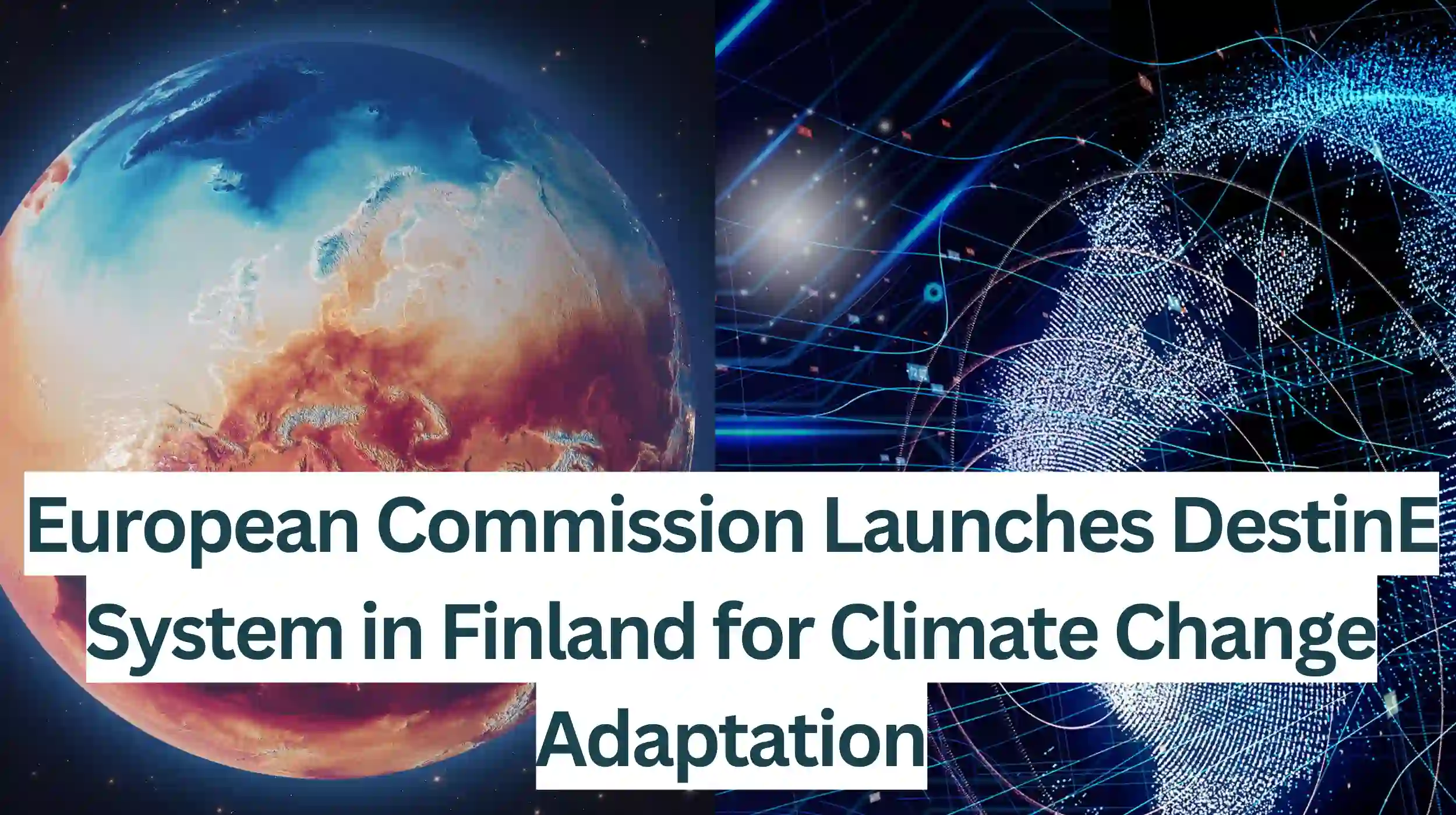Brussels (Brussels Morning) – The European Commission launched the DestinE system to create a digital Earth twin, using high-performance computing and AI to simulate climate change impacts, enhancing disaster response and policy analysis.
The European Commission on 10 June 2024 triggered the initial Destination Earth (DestinE) system in the presence of Executive Vice-President Margrethe Vestager and the Finnish Minister for Employment, Arto Satonen. DestinE is a flagship endeavour of the Commission, aiming to create a highly precise digital twin of the Earth.
What Are the Goals of the DestinE Initiative?
EU Commission states that the Deployment of the DestinE system indicates that Europe’s High-performance computers (EuroHPC), including the LUMI supercomputer in Kajaani, Finland, have been assigned to simulate the effects of climate change and severe weather events. Moreover, Europe will be better ready to respond to major natural disasters, acclimate to climate change and evaluate the potential socioeconomic and policy impacts of such events.
How Does DestinE Enhance Disaster Preparedness?
DestinE uses exceptional modelling capabilities computers and Artificial Intelligence capacity. The initiative also indicates a critical component of the European strategy for data by consolidating access to useful sources of data across Europe. DestinE is now active and it is anticipated to continuously evolve, extending operations and designing further components. By 2030, DestinE should conduct a full digital replica of the Earth.
What Are DestinE’s Core Components?
The main components of the initial system include the DestinE Core Service Platform, benefiting users’ access to its services, tools, and applications; Two DestinE Digital Twins – the Digital Twin on Climate Change Adaptation and the Weather-Induced Extremes Digital Twin, delivering data at high resolution endorsing the analysis and testing of scenarios; DestinE Data Lake furnishes seamless access to DestinE Digital Twins data and a considerable number of other data sources, including Copernicus, the EU’s Earth Observation element of the EU’s space programme.
DestinE was officially founded in 2022 by the European Commission, in collaboration with the European Centre for Medium-Range Weather Forecasts (ECMWF), the European Space Agency (ESA) and the European Organisation for the Exploitation of Meteorological Satellites (EUMETSAT).
How Is the EU Funding the DestinE Project?
The currently approved funding through the Digital Europe Programme is over € 315 million. The launch keeps the end of the first phase and the beginning of the second phase, both supported with over € 150 million each. The third phase and its budget are subject to the agreement of the final Digital Europe programme 2025-2027, which is presently being drafted. Further funding for the research and development of further digital twin capability was awarded through Horizon Europe.




